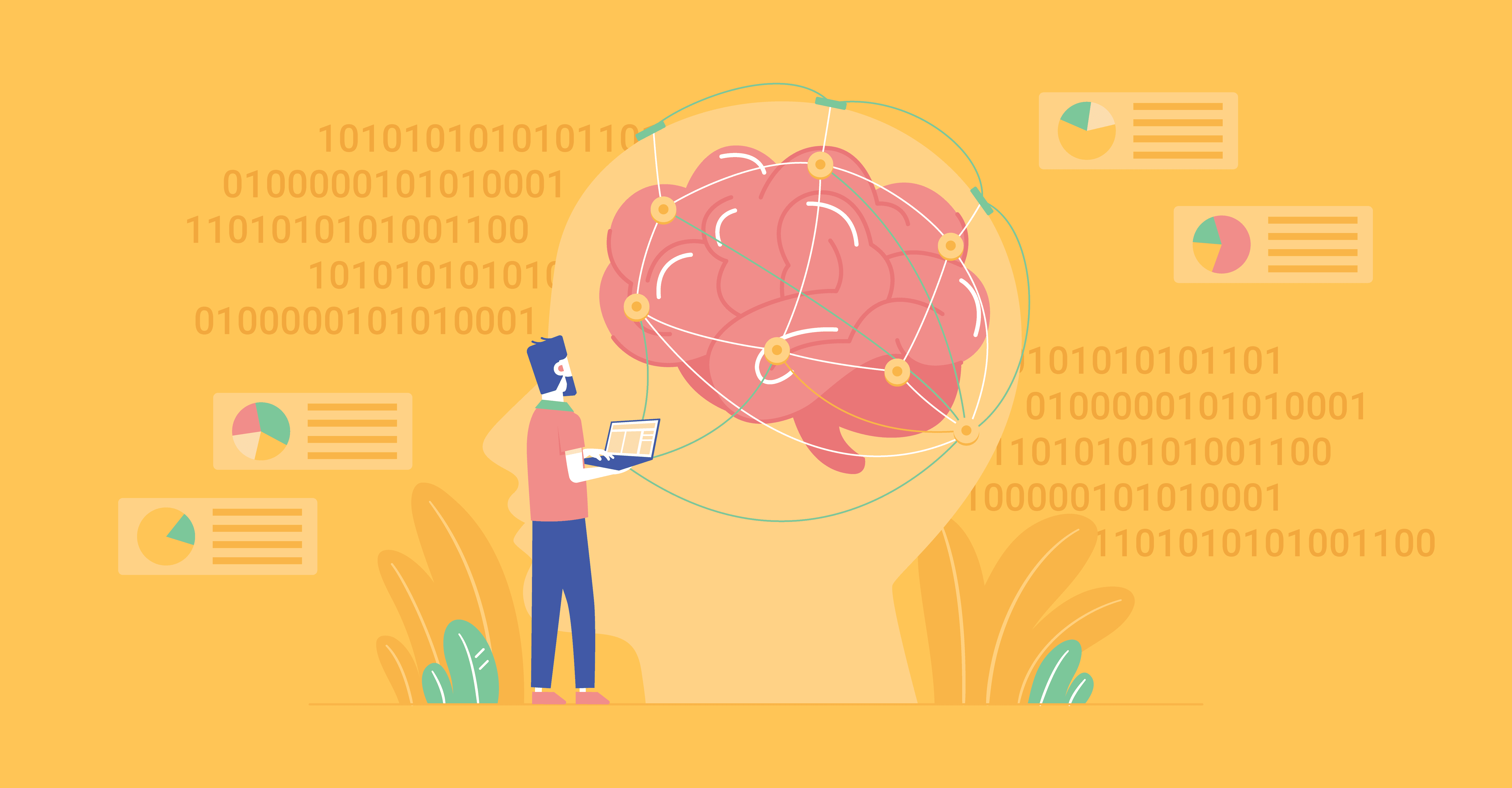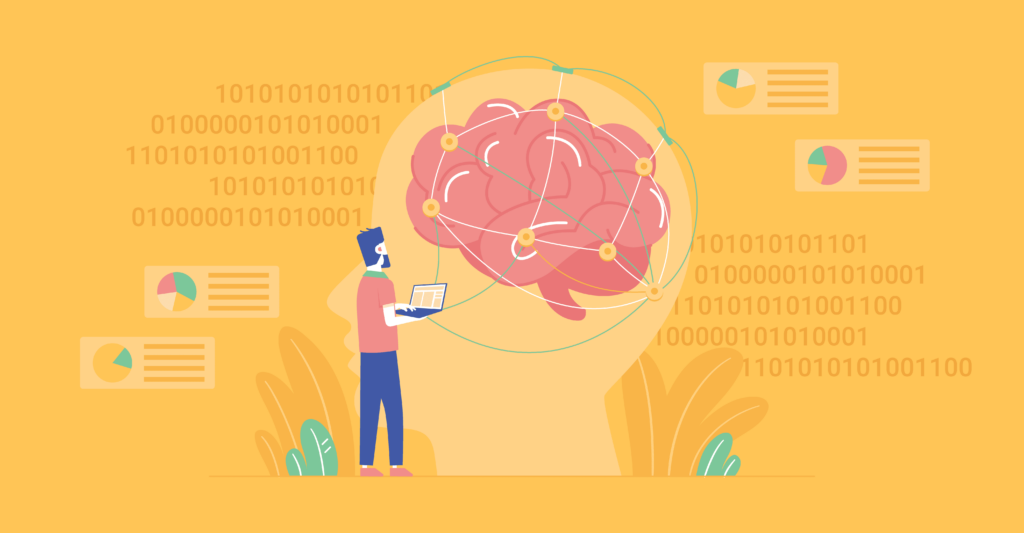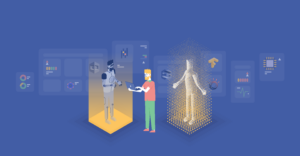Although we love to think that our technology is highly advanced, there is much that science is only just beginning to understand about the universe. From the greatest depths of the oceans to the furthest corners of outer space, swathes of earth and cosmos remain teasingly beyond our grasp. But there is a greater mystery concealed just beyond the limits of our immediate perception — the human brain.
In all of the known world, the complexity of the human brain is without rival. While mankind has tried and failed to understand the organ since the days of ancient Egypt, even today, in spite of our best efforts, neuroscientists remain stumped. Experts are still oblivious as to how information is coded in the brain, how memories are stored and retrieved, how cerebral systems integrate with one another, and perhaps ironically, have even failed to crack what intelligence is in the first place.
Yet despite our limitations, ever since 1957, when psychologist Frank Rosenblatt first developed his brain-mimicking Perceptron device, engineers have slowly begun to create hardware that is capable of interacting with the human brain. Today, the field of neurotechnology has already grown to achieve incredible results.
Superhuman powers
Like something straight out of a Marvel film, American startup Neuralink is developing high bandwidth brain-machine interfaces (BMI) with the goal of eventually connecting humans to computers and other human beings telepathically. Much in the same vein, Emotiv, a bio-informatics company from San Francisco, has taken us one step closer to achieving telekinesis, with working prototypes already allowing its headset users to move toy cars by simply visualising a cube in movement. While this is undeniably an incredible achievement, initial testing has shown that users must be taught how to use the device, practice a few times, and even then may still struggle with “staying in the zone.”
Altered brain states
For those bogged down by the hustle and bustle of our modern-day existence, a couple of startups are using neurotechnology to induce relaxed and even meditative states of mind. At £249, the Muse headband promises to guide its users to a fulfilling stress-free life by employing changing weather sounds that aim to mirror one’s current mental state. While reviews for the software accompanying Muse have been fairly mixed, the project does appear to show significant potential.
Similarly, tech company Thync have released their own headset with even loftier goals. By sending electrical currents through one’s skull, the mood-altering device is essentially able to zap the brain into calm or even energetic states of mind. Although many users have described the product as akin to a hit of cannabis, Thync’s headset remains perfectly legal and is also deemed safe by a number of experts and regulatory agencies. Nonetheless, Thync’s novel nature means no studies on the device’s long-term effects have been conducted, an inevitability that has kept plenty of users at bay.
Medical breakthroughs
Another incredible project is Kernel. Spearheaded by self-made millionaire Bryan Johnson, the Los-Angeles company is designing neurotechnological hardware that could someday restore normal cognitive function in people with diseases and deficiencies. Brainsgate, another medical company, takes a similar approach. In addition to helping people with long-standing headache disorders, the company believe their device will one day be able to treat patients suffering from multiple sclerosis, Parkinson’s disease, epilepsy, dementia and even stroke.
Where do we go from here?
While all these applications are tremendously exciting, it may come as a surprise that they are still based on Rosenblatt’s outdated and biologically incorrect model of the human brain. As a result, current BMI and neural network solutions often yield inaccurate and unreliable results. Thankfully, however, as more and more research is under way, new scientific theories have finally begun to question the old paradigm and offer a promising new outlook for future development.
In a 2014 paper, Russian Scientist Alexey Redozubov detailed his pattern-wave model of brain function, which proposes that each neuron is capable of emitting wave signals to interact with the rest of the brain. In various tests, this model was seen to be a lot more similar to the way our brains appear to function in reality.
As the shift to the pattern-wave model begins to take place, Software Planet Group believe the future is bright for neurotechnology. For now, however, fully hacking the human brain remains as unattainable a dream as visiting distant galaxies or venturing beyond the five percent of the sea waters we have explored.




